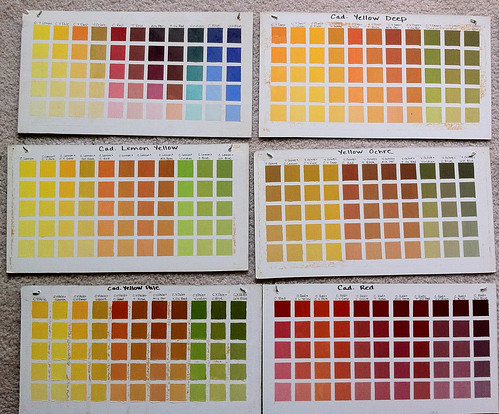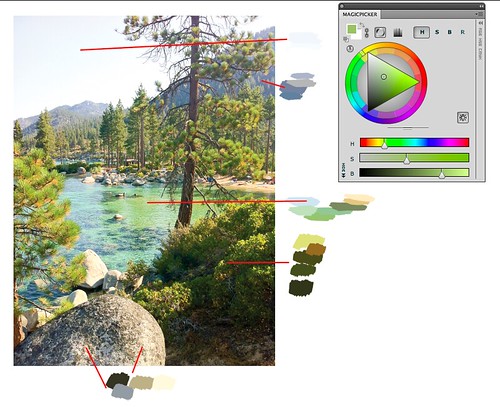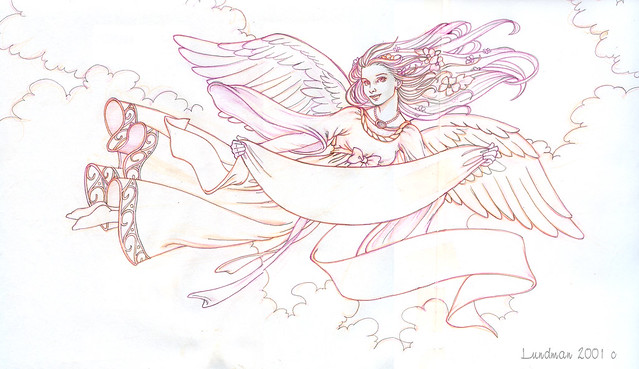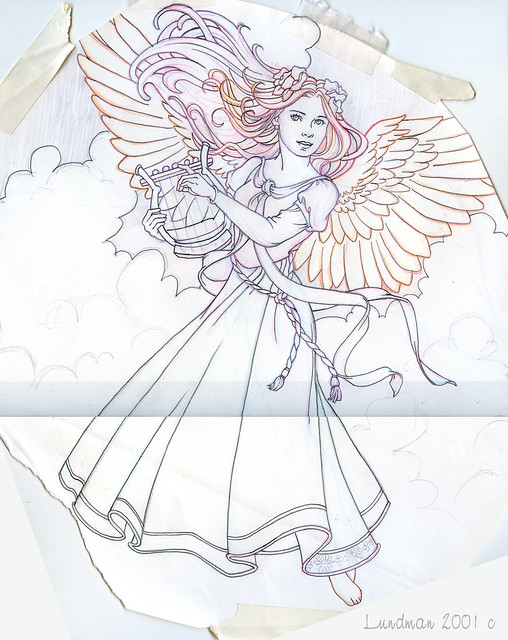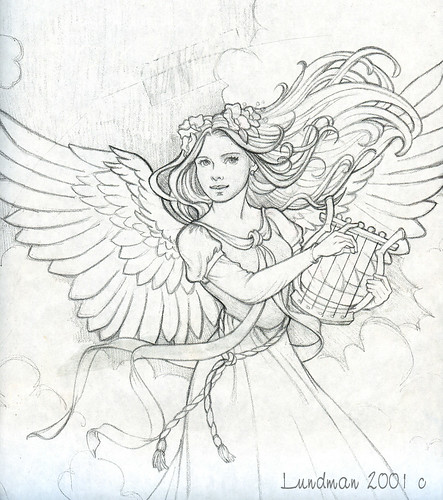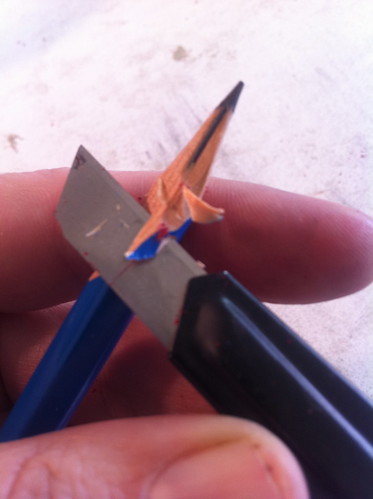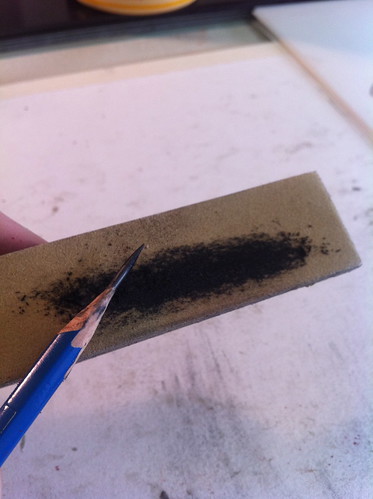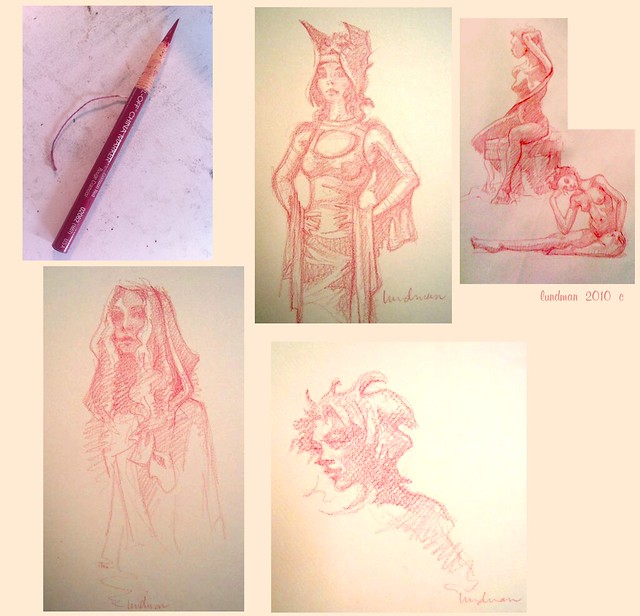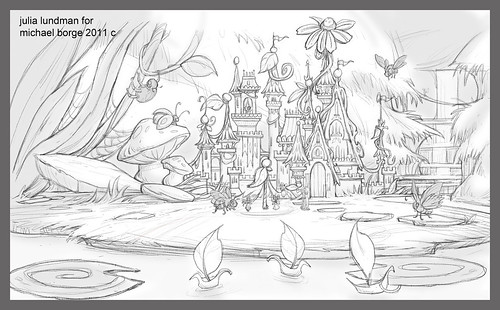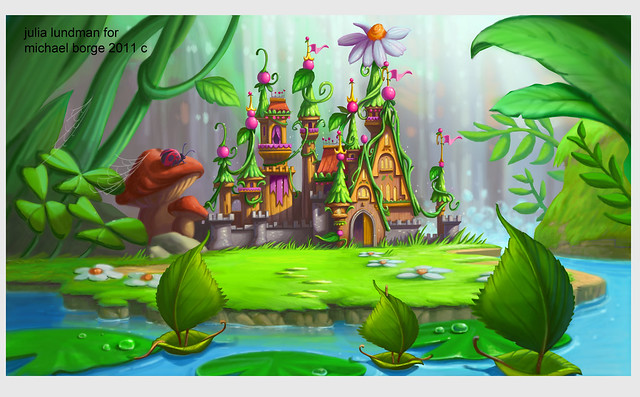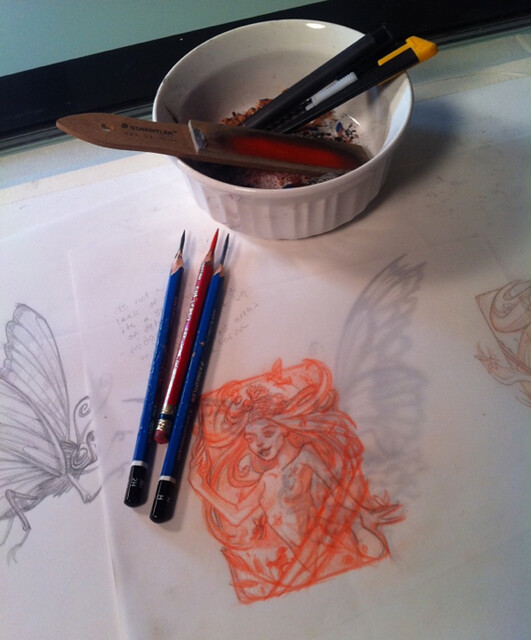
I went to the American Academy of Art, in Chicago, where I quickly learned the art of sharpening a pencil, charcoal, china marker, and any other writing instrument that can be sharpened to a point. At the time I thought it was over kill to sharpen my pencils to such an extreme as required by my professors. I soon realized the reasons and advantages for doing so.
The methods taught to me at the
American Academy of Art were passed down from the previous generation of professors, most notably
William H. Mosby, the academy's master artist professor and graduate of the Belgian Royal Academy, and the great
Andrew Loomis, who also taught at the school during the 30's and 40's. Some of Mosby's notable students include artists
Gil Elvgren, Bill Parks, Ted Smuskiewcz,
Howard Terpning, and
Richard Schmid, who credits Mosby as his most influential art professor. (I had the good fortune to study under Bill Parks and Ted Smukiewcz while at the Academy, and learned a lot watching Richard Schmid paint and dispense wisdom at the Palette and Chisel in Chicago - an amazing learning experience!)
It is the influence from Mosby and Loomis that no doubt caused my generation's professors to require their students to sharpen their charcoal sticks and pencils in such a particular manner. I am still amazed the information lived on in our era of deconstructivism and forever grateful that it has. As silly as it might seem at first, sharpening drawing instruments is an important feature in mastering dexterity and refining technique, and I encourage everyone to try it at least once or twice regardless of final intention, be it illustration, "fine" art, cartooning, or whatever.
I try all kinds of pencils for sketching, but particularly love
col-erase in various colors (mostly brown or red) for preliminary drawings (a habit I picked up while working in animation) and
Staedtler Mars Lumograph 100 series in 2H, H and HB for final lines. I don't care for electric pencil sharpeners because they will not go far back enough into the pencil. I like to expose a good portion of the lead, say just under 1/3 of the way from the writing end. Part of the reason for this is because once the lead is exposed, I can also use the side of that exposed lead for blocking in or textures. Pencil sharpeners, electric or otherwise, just don't do the job as nicely as a utility knife or razor blade does. I also find it quite meditative and zen to spend some time getting my drawing instruments ready and have come to love the process.

My typical drawing/sketching materials are from left to right:
staedtler sanding pad, col erase pencil, staedtler mars lumograph pencils in 2H and H, papermate tuff stuff eraser stick, olfa brand snap off utility blade, kneaded eraser (top right).
I have tried many different types of utility knife over years, mainly using raw razor blades. Recently when I took Sadie Valeri's classical realism painting course, she suggested we purchase an
Olfa brand snap off utility knife, one that I had not tried before and now quite like. I always carry these materials in a small bag in my purse and a sketchbook and at home I keep them in a bowl on my desk that I can sharpen the shavings into.
The technique is simple. Shave away the woody part until the lead is exposed.
Once the lead is exposed, sand the tip of the pencil using a
sandpaper pad until sharp. By sharp, I mean really sharp, like a needle. The sharpest you can get it. It takes some time and practice to get it just right and there are bound to be broken points, which is completely frustrating. I always trudge ahead knowing that having those sharpened points will give me one less thing to worry about while i'm drawing.
I use the same method for drawing with charcoal. I like to use
Nitram Fusains, medium to soft, but mostly medium. When I sharpen this, there is no need for a razor blade or utility knife, just sand paper. I always sharpen at least two pieces to a fine point and keep a raw square piece for textures and block in of large areas.
I've also recently started using sharpened pastel pencils,
Faber-Castell Pitt brand. Same methods apply. However, this pencil is quite soft, being a pastel, and therefore when sharpened does not keep it's point as well. That's ok however, because usually when I'm working with pastel pencils I like to smudge a bit.
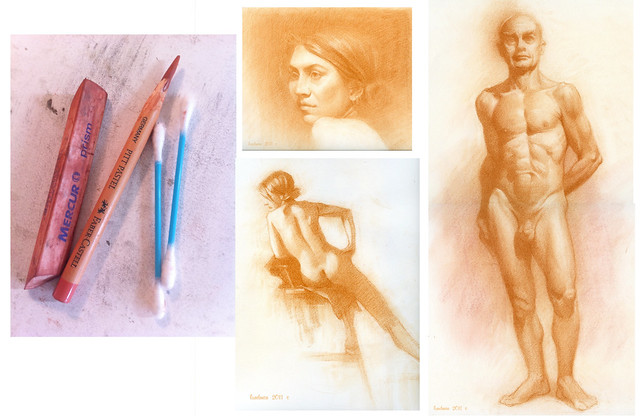
And when I'm sketching gestures or quick 5-10 minute poses, I like to use a
red or brown china marker which I sharpen, unwrapping the paper around the wax lead. It was in art school, again, where we learned to draw with a china marker as the great illustrators did. China Marker (not sure why it's called by this name) is really fun and produces a lovely line. I like to use red and brown tones because those colors are usually the undertone color of organic material.
So many artists are passionate about materials and quite specific about the type and methods used. It makes sense, after all. Pencils, charcoal, pastels, inks, feel like extensions of our hands. We channel all of our energies into whatever tool is being used; I sometimes feel like the pencil is a part of my hand.
Toronto Comic Arts Festival: Pencil it In from
Toronto Comic Arts Festival on
Vimeo.
Happy drawing! :))
















































